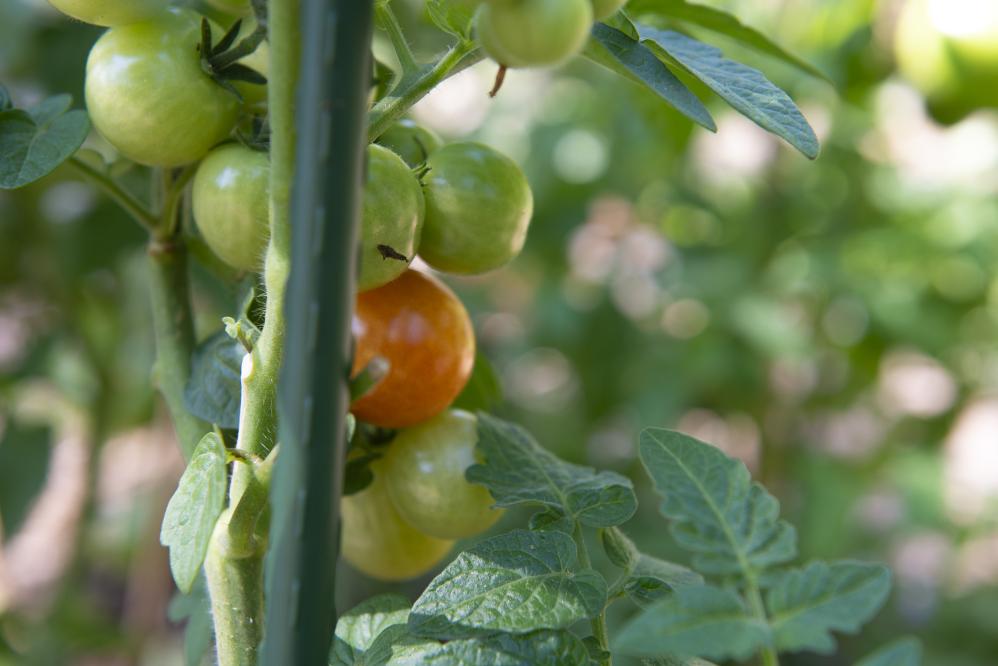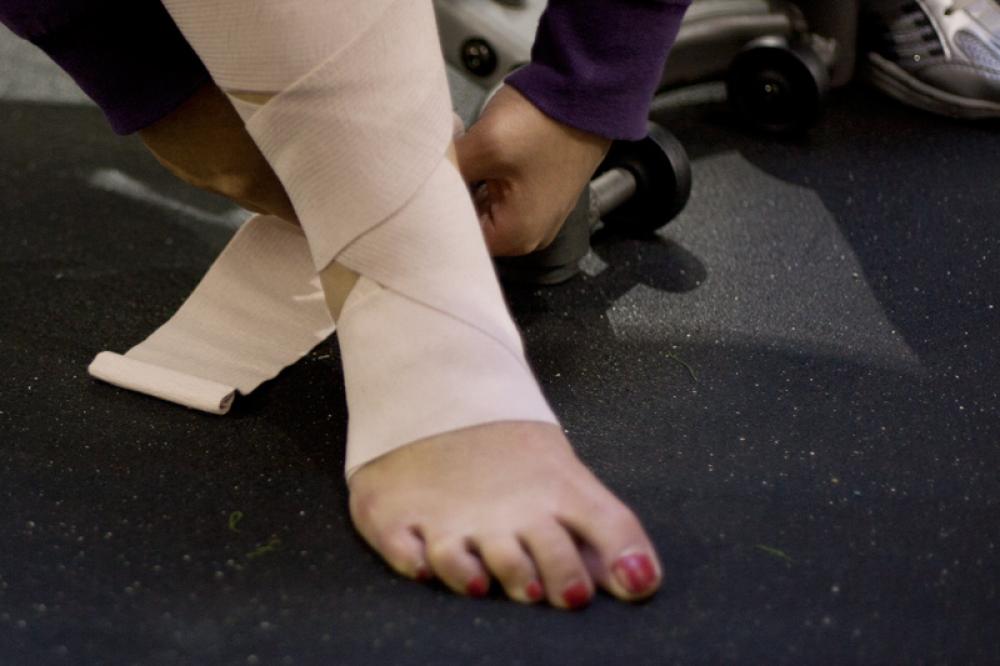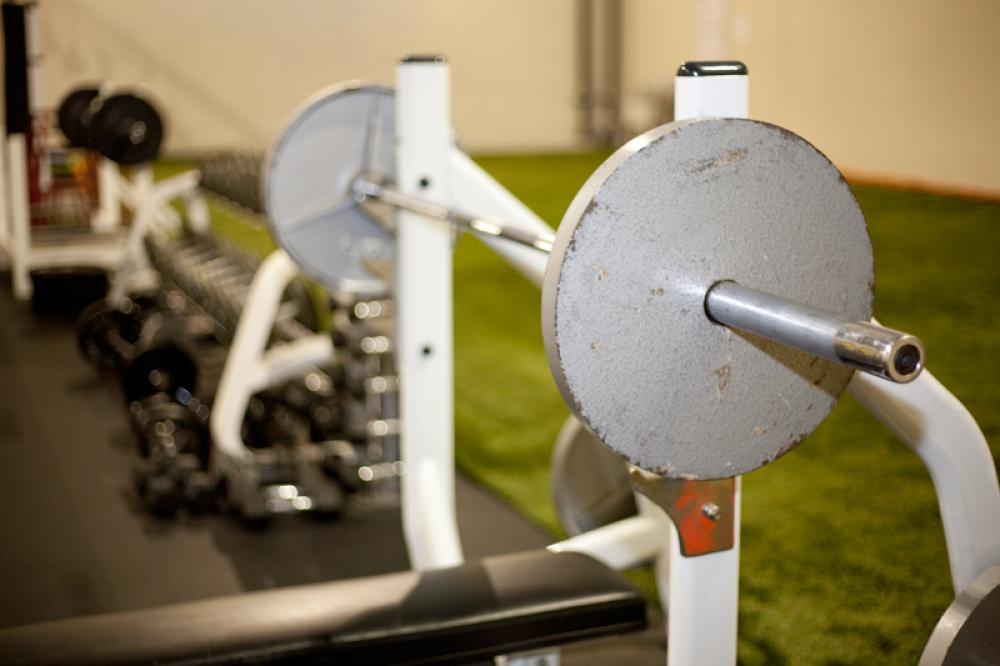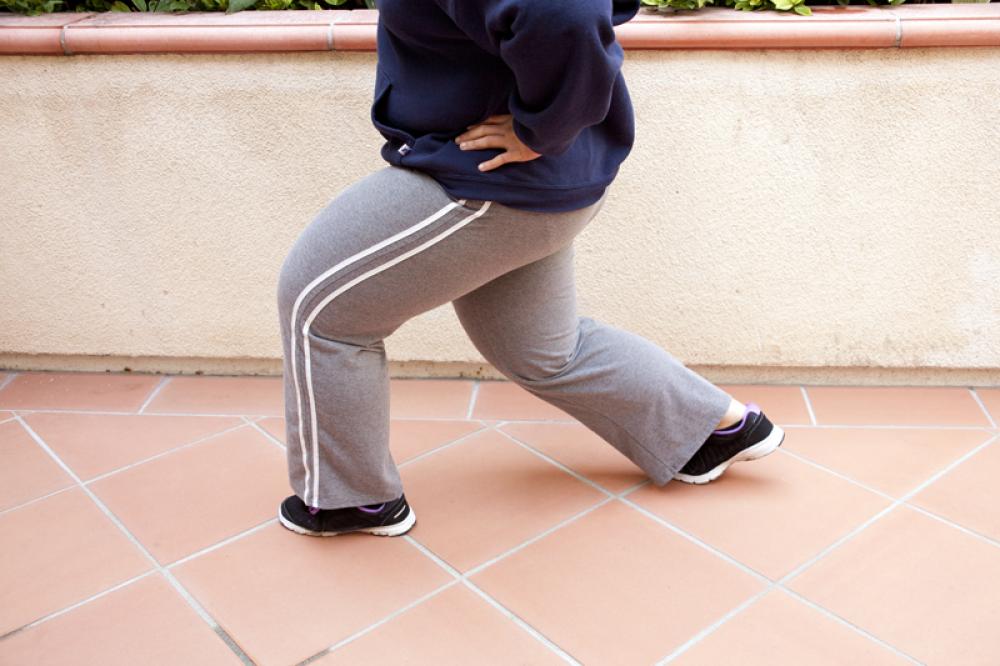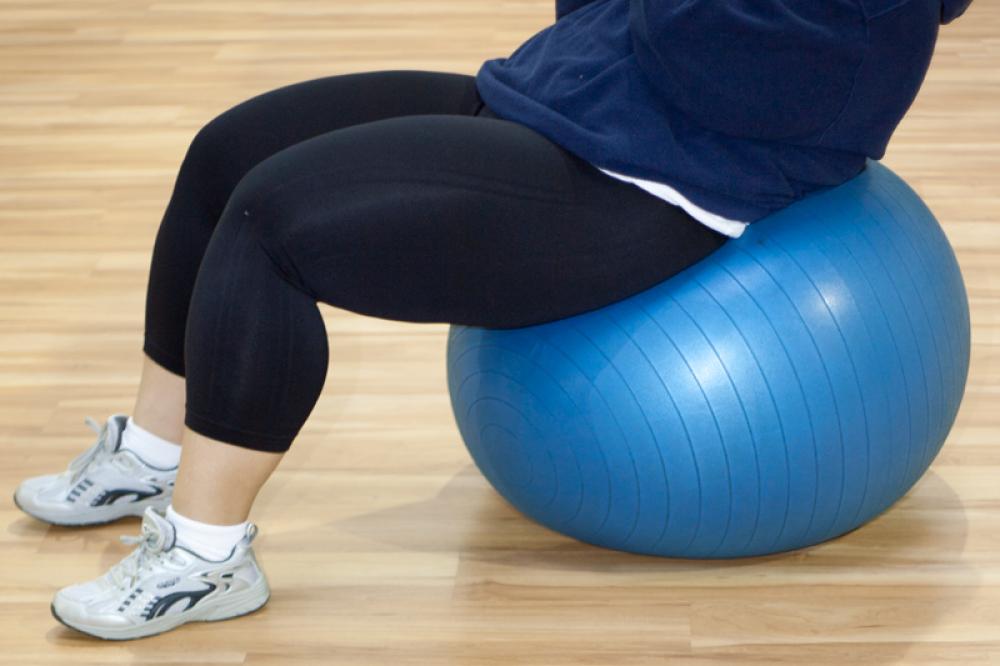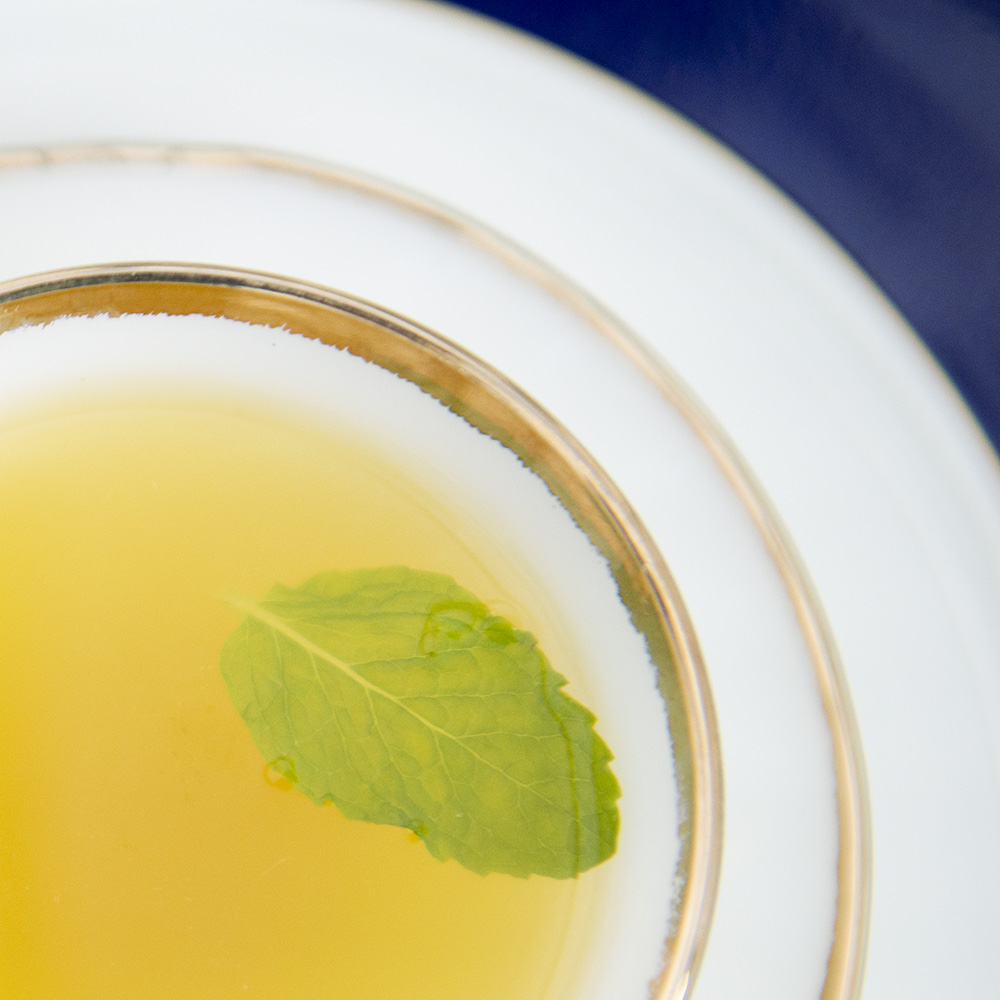Phase II – Purée and Soft Foods
Phase II diet foods can be summarized as soft foods which can be easily mashed, eaten with a spoon and can be tolerated easily. This stage continues to allow your system to heal and slowly adjust to more dense foods. Attempting portions that are too large or advancing too rapidly into foods that are very dense or hard can cause food getting “stuck”, vomiting, and pouch irritation.
Experiment with Nutrient Rich Purées
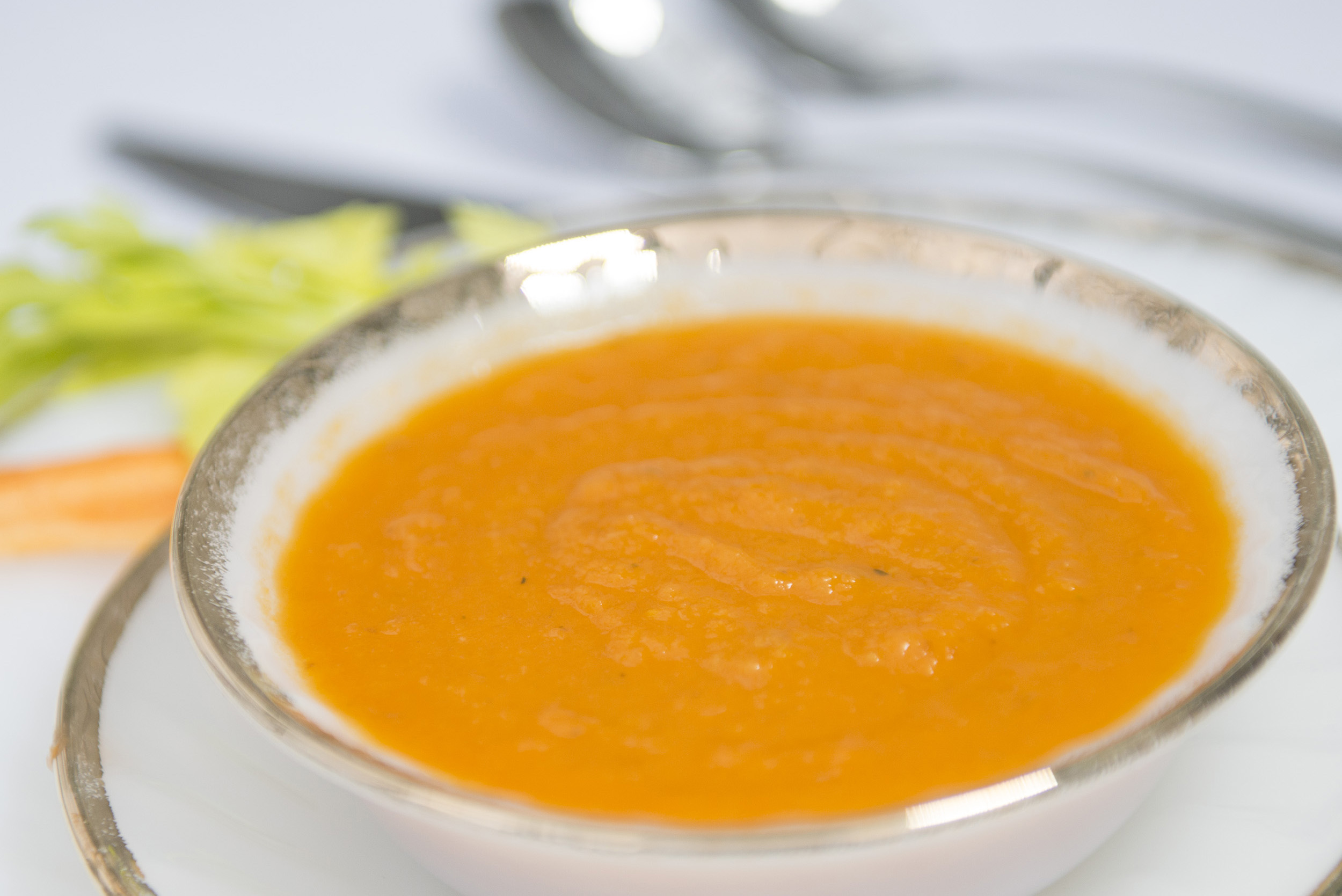
After your first follow up visit with Dr. Belsley, we will discuss your advances in the diet and the timing for which you should start Phase II. Generally your post-surgery diet is advanced to Phase II two weeks after the procedure. In other words, Phase II of your diet starts at the beginning of week 3 and lasts through week 4. Please note that Phase II food choices should not be attempted before two weeks after your procedure.
Remember as your diet advances the liquids should remain separated from the solids. If you drink while eating you will push food through the pouch and speed up the emptying of the pouch. This will just make room for more food.
Texture is not everything
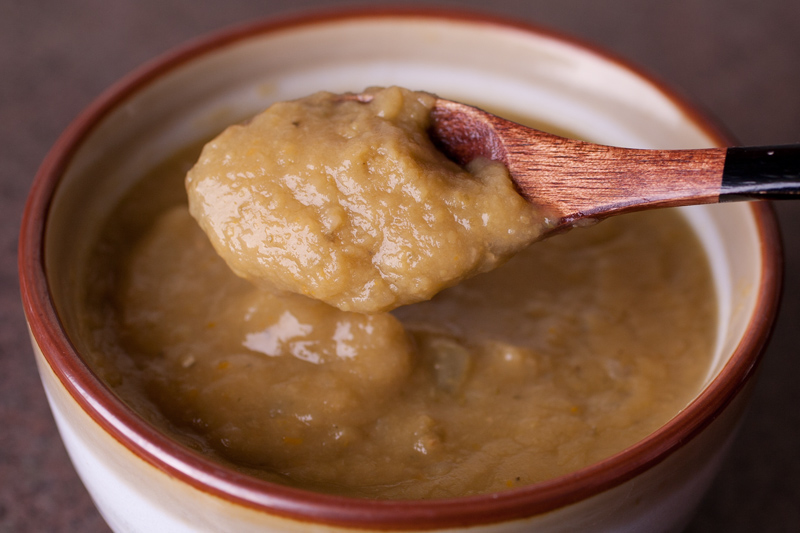
During Phase II it is important to focus on adequate nutritional intake and inclusion of protein rich foods. The objective is to increase your intake while minimizing chewing and easing the digestive process. Stage II is also referred to as a pureed diet and all foods should resemble a baby-food consistency. Many people gravitate towards carbohydrates that include mashed potatoes, sweet potatoes and fruit. Although these foods are part of the meal plan it is important that you meet your protein requirements. Please keep in mind that baby-food is meant for growing babies and therefore although you might be able to tolerate its texture, it is not often an optimal nutritional choice at this stage.
Phase II Diet Reminders
- You must continue to have protein shakes between one and three times a day to meet your protein target, but try to eat more soft solids each day.
- If you find that you are not hungry, then a protein shake can be substituted in place of a scheduled meal.
- Take small bites and estimate them to be about the size of a dime.
- Chew thoroughly before swallowing. Be sure that the food is apple sauce consistency before you swallow.
- Continue to drink slowly. Sip on non-caloric liquids, fat-free or 1% fat milk and protein supplements throughout the day. Stop drinking 30 minutes BEFORE meal time and start drinking 60 minutes AFTER meal times. This will ensure that your pouch can hold solid foods and you will not experience nausea/vomiting.
- Continue to meet your protein target goal. You may use protein supplements until you are able to get all your protein from solid foods.
- Set consistent meal times and stick to these meal times to avoid emotional eating. Eat every 4 hours while you are awake. Do not go over 5 hours without eating anything.
- Consume 64 to 72 ounces of fluids each day. The total amount of fluid includes protein shakes.
Set a routine
You must set a routine for meal times by this phase. Aim to eat every 4 hours. Do not go over 5 hours between meals. Your meal sizes are small and should fit in a 4 to 6 ounce cup. STOP eating when you feel full, even if you have leftovers.
Minimum Suggested Protein Intake
Your minimum intake should be approximately 80 grams of protein per day. To help meet this requirement, the Phase II meal plan includes one of the previously recommended protein supplements between one and three times a day and should be between your meals. If you find that you are not hungry, then a protein shake can be substituted instead of a meal. This includes a prepared protein shake or powered protein supplement. The protein powder can be prepared with Double Protein Milk instead of water or skim milk to boost protein content. You may sip on Double Protein Milk in between meals. Fat free milk provides 8 grams of protein per 8 ounces. Double protein milk provides 16 grams of protein per 8 ounces.
Individual tolerances and preferences will vary
Each person is an individual and tolerances and preferences will vary. It is important to communicate with your dietitian so that alternative selections and suggestions can be made. You do not have to wait for your next visit to discuss intolerances. In addition to supplements choose from a variety of low-fat or fat-free products like: cottage cheese, yogurt and ricotta cheese. You can also have pureed beans, a white flaky fish or a scrambled egg or egg white. These selections should be introduced once you feel confident that you can tolerate very soft food. During this phase you should start to be creative with the foods you are allowed to eat. Your goal is to make food palatable without jeopardizing your weight loss. Some other alternatives for high proteins are boiled chicken, turkey or eggs. These foods can be blenderized and moistened with low-fat mayonnaise, chicken broth and various seasoning.
The many options of a pureed diet
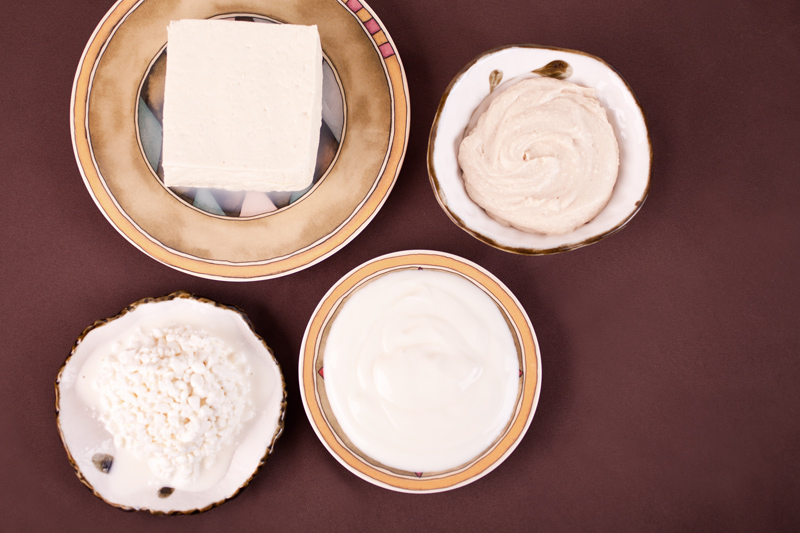
Phase II Allowed vs. Avoid Food List
Food Group | Allowed | Avoid |
Beverages | Water and ice chips, decaffeinated tea, sugar free cocoa, crystal light, sugar-free Kool-aid, sugar-free Tang, sugar-free lemonade, diet Snapple, diet V-8 Splash, non-caloric flavored water | All sugar sweetened drinks, alcoholic beverages, coffee, caffeinated beverages, carbonated beverages |
Starches | Cooked cereal, cream of rice, cream of wheat, Malt-O-Meal, thinned grits or oatmeal, mashed sweet potatoes, baked potatoes, baked beans | Sugar-sweetened cereals, cold cereals, pasta and all other starches |
Fruits | Cooked or canned fruits. Be sure that the canned fruits are packed in their own juice and without sugar added | Raw fruits and sugary juices. Fruits that cannot be peeled like orange and grapefruit. |
Dairy | Skim or fat free milk, low-fat yogurt, low-fat or fat-free cottage cheese | All others |
Meat | Egg, canned chicken, shaved deli meats, almost any type of fish cooked by baking, boiling, slow cooker, foil wrapped | Beef, dry meat or poultry. Cooking methods: grilling, frying |
Vegetables | Cooked or canned vegetables. Be sure to choose low sodium vegetables. Must be able to mash with fork. | Raw vegetables, stringy vegetables |
Fats | I can’t believe it’s not butter cooking spray | Saturated fats, butter, margarine |
Other | Sugar free popsicle, sugar free jello.You may choose low sugar baby food protein. | Sugar sweetened desserts, mixed dishes like lasagna |
Please try a different variety of soft foods. Remember that if you feel full or have nausea then the best thing to do is to slow down a bit. Decrease your portion sizes and consider going back to 24 hours of just clear liquids again. It is normal to have some days better than others.
Cottage cheese as a great source of protein

Sample Phase II Diet
Sample Day #1
Meal 1 – Oatmeal cooked with skim milk
Meal 2 – Boiled, shredded chicken mixed with light mayo
Meal 3 – Baked salmon
Meal 4 – Mashed peaches with fat-free cottage cheese
Sample Day #2
Meal 1 – Soft scrambled eggs
Meal 2 – Baked black beans with fat free sour cream and mashed avocado
Meal 3 – Canned tuna with light mayo
Meal 4 – Low fat, smooth yogurt
Sample Day #3
Meal 1 – Malt O meal cooked with skim milk
Meal 2 – Baked sweet potato
Meal 3 – Baked fish
Meal 4 – Shredded cheese and scrambled egg
Experiment with different kinds of Puree
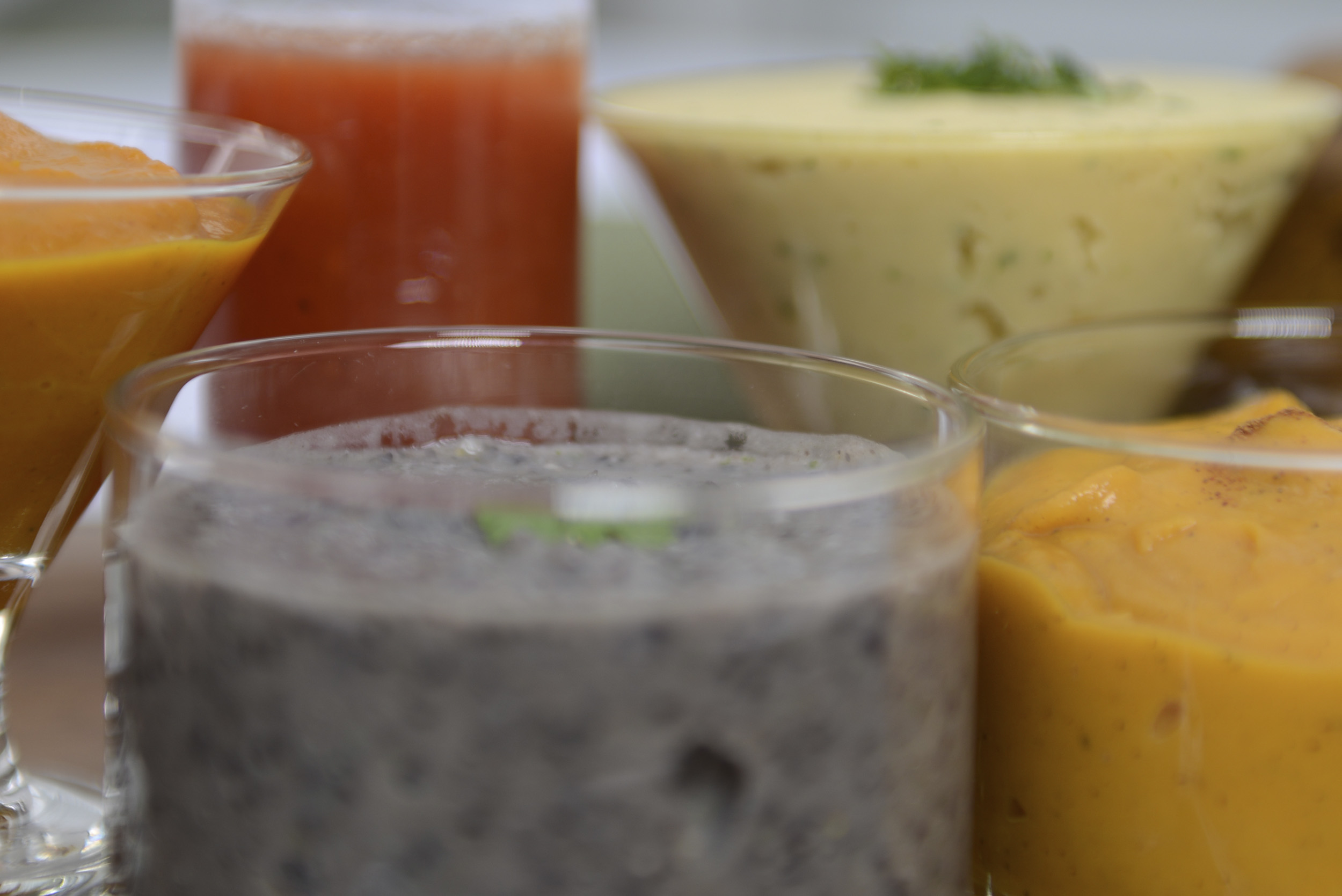
Be sure to measure your food by volume. You should not exceed 4 ounces by volume of food at this time. Remember to take small bite size and chew well before swallowing. Continue to drink non caloric, non-carbonated, decaffeinated fluids in between meals.


